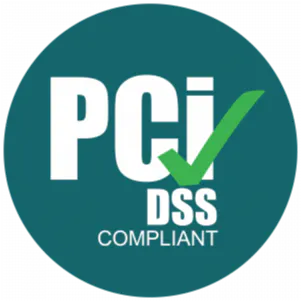Posted by Anne-Marie Avalon
March 26, 2024
Code signing is the process of attaching a digital signature to software, ensuring its authenticity and integrity from the developer or publisher to the end user. This digital signature process certifies that the code has not been tampered with or corrupted since its original signing. It’s a critical measure for establishing trust in software distributed over the Internet.
Imagine signing a document to prove it’s really from you; code signing is similar but for software. It’s like a digital seal on software that shows it hasn’t been tampered with since the creator (developer) finished it. This seal helps users trust that the software is safe to use and hasn’t been altered to include anything harmful, like malware.
The Importance of Code Signing
- For Developers: It’s like a brand reputation for your software, ensuring users that your app is genuine and trustworthy.
- For IT Professionals: This security check confirms the safety of software before distribution or installation within a network.
- For End Users: It offers peace of mind by ensuring that the software being used is legitimate and has not been tampered with.
How Code Signing Works
- Digital Certificate from a Certificate Authority (CA): Think of this as an ID card for the software, issued by a trusted organization.
- Private Key Signing: The developer signs their software with a secret key, kind of like writing a secret signature only they can make.
- Verification: When you download or run the software, your computer or device checks this signature using a public key (the ID card’s information) to ensure it matches.If the software undergoes changes after signing, the signature won’t match, and you’ll receive an alert.
Types of Code Signing Certificates
- Standard Certificates: Basic ID for your software. Easier to get but offers a general level of trust.
- Extended Validation (EV) Certificates: Like a passport with extra checks compared to a standard ID card. It takes more to get one, but it provides a higher level of trust.
The Role of Timestamping
Timestamping is vital for maintaining the validity of a signature beyond the expiration of the signing certificate. It timestamps the application of the signature, ensuring the long-term validity of the signature and the integrity of the code over time.
Akeyless and Code Signing
While Akeyless isn’t directly creating these digital signatures, it’s like a highly secure vault that protects all the tools (digital certificates and keys) needed for the signing process. It ensures that only authorized people can access these tools, keeping the whole code signing process secure.
How Akeyless Stands Out
Akeyless distinguishes itself with its unified platform, which integrates secrets management and data protection, providing a comprehensive approach to securing digital assets. includes the management of digital certificates and keys, crucial for code signing processes, among other cybersecurity measures. The platform’s use of Distributed Fragments Cryptography™ offers exceptional protection for keys and secrets.
Conclusion
Code signing is an essential step in making sure software is safe and trustworthy. Akeyless plays a crucial role in the background, protecting the integrity of this process with its advanced security features. For organizations looking to enhance their software security, Akeyless offers a powerful platform to keep your software signing process secure.















